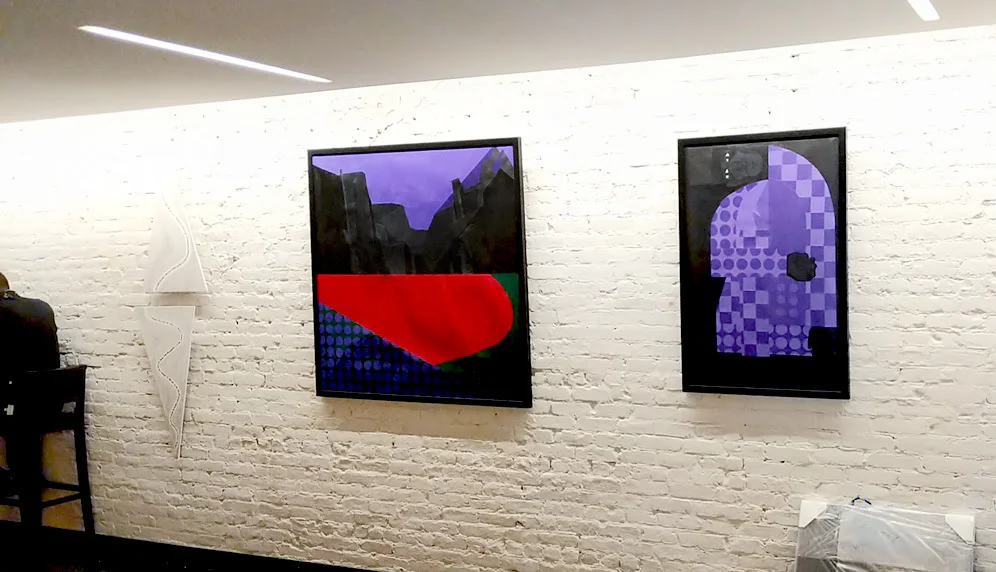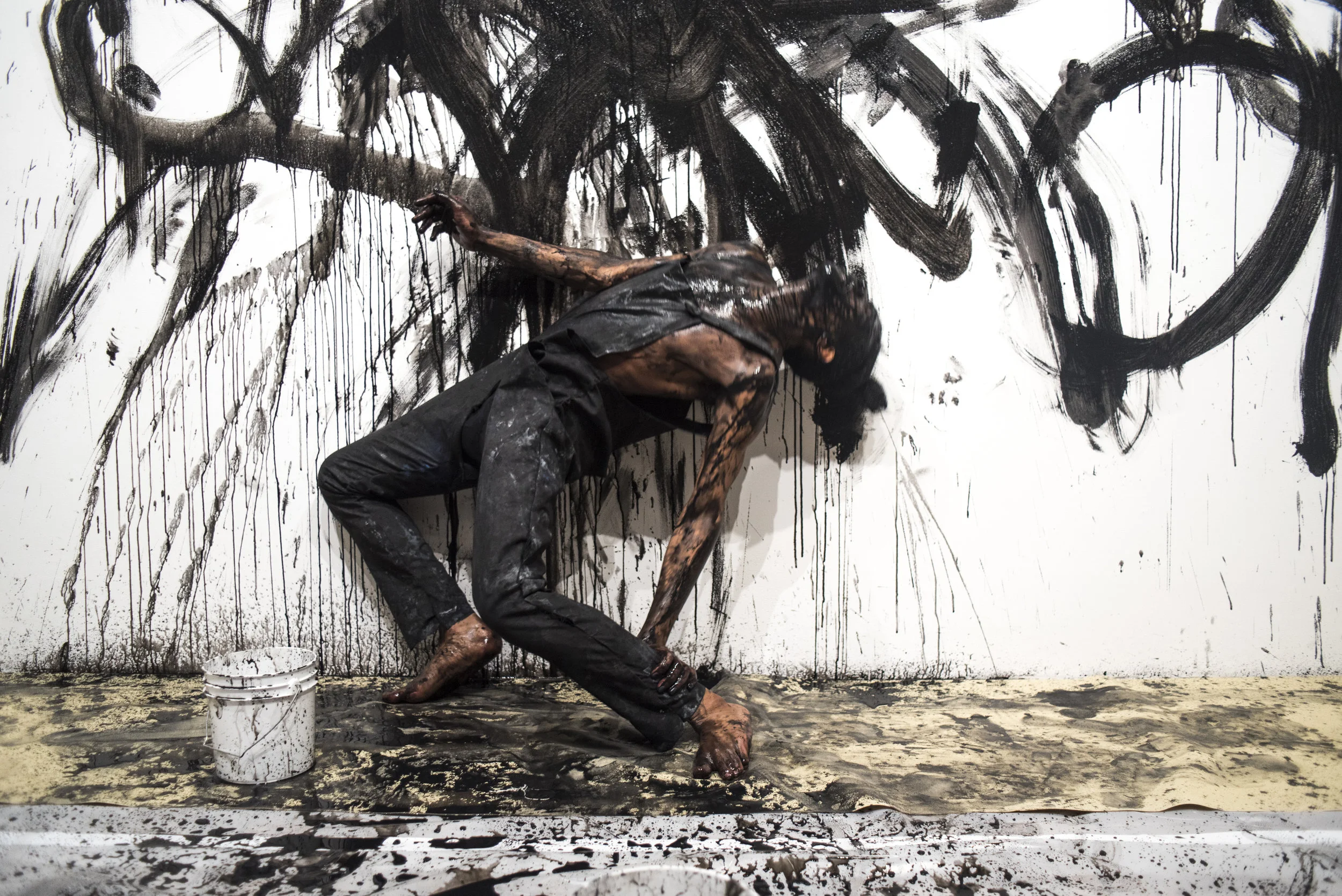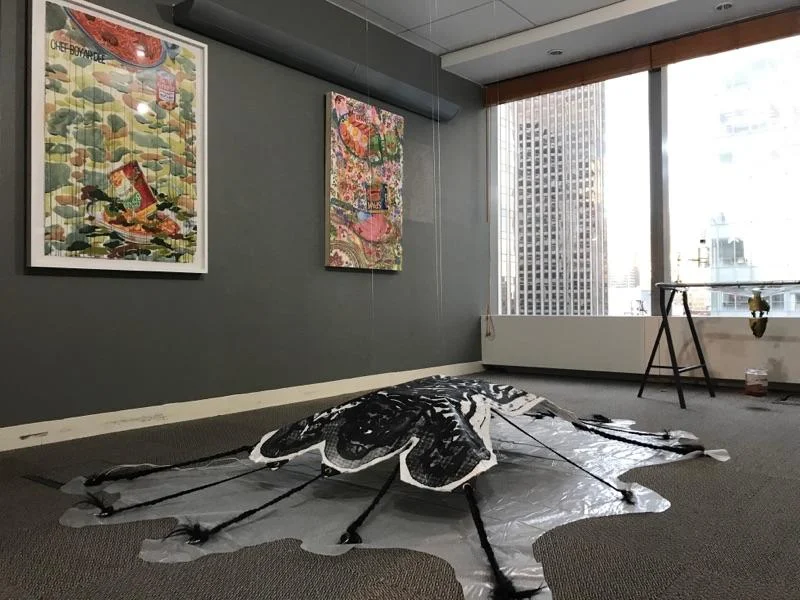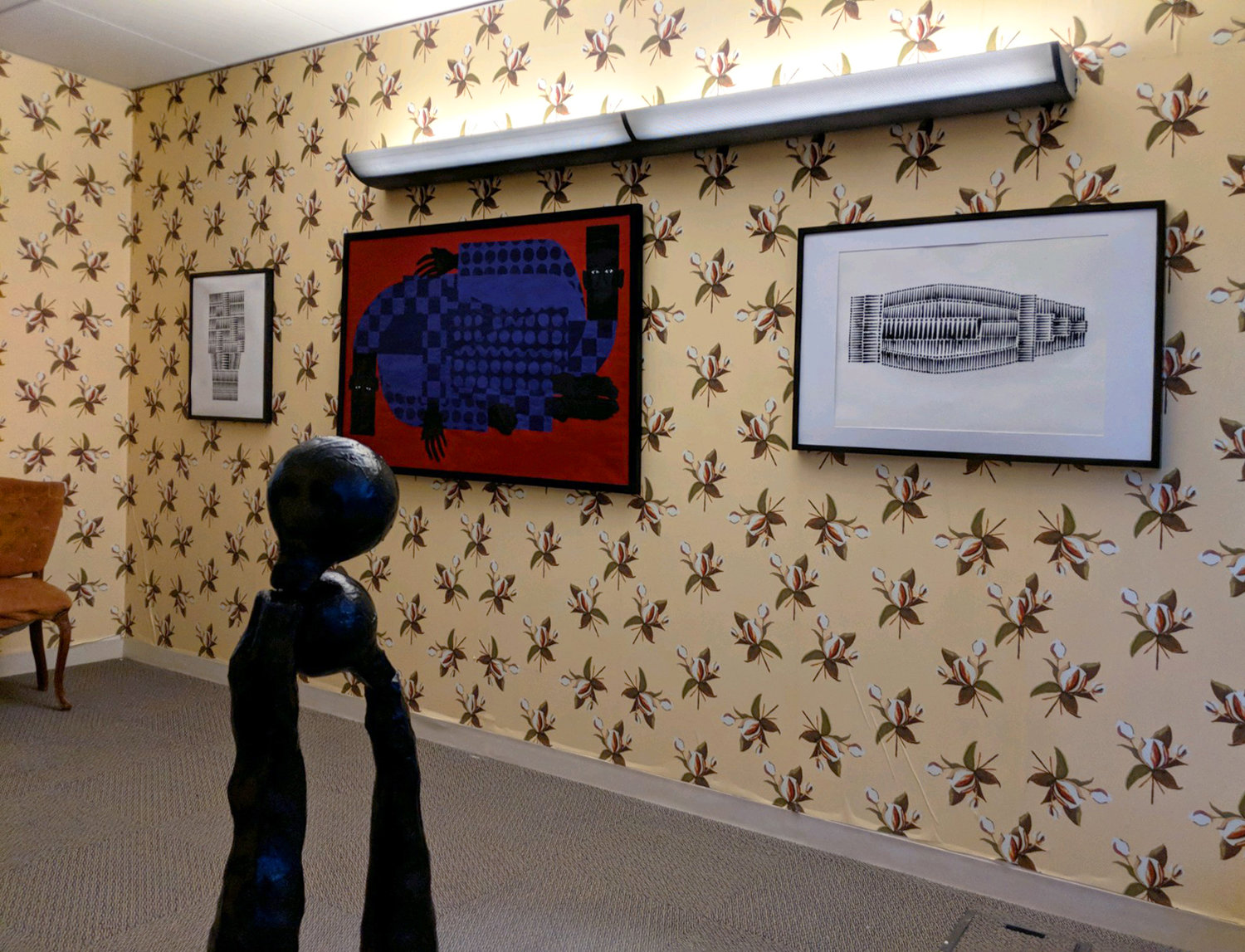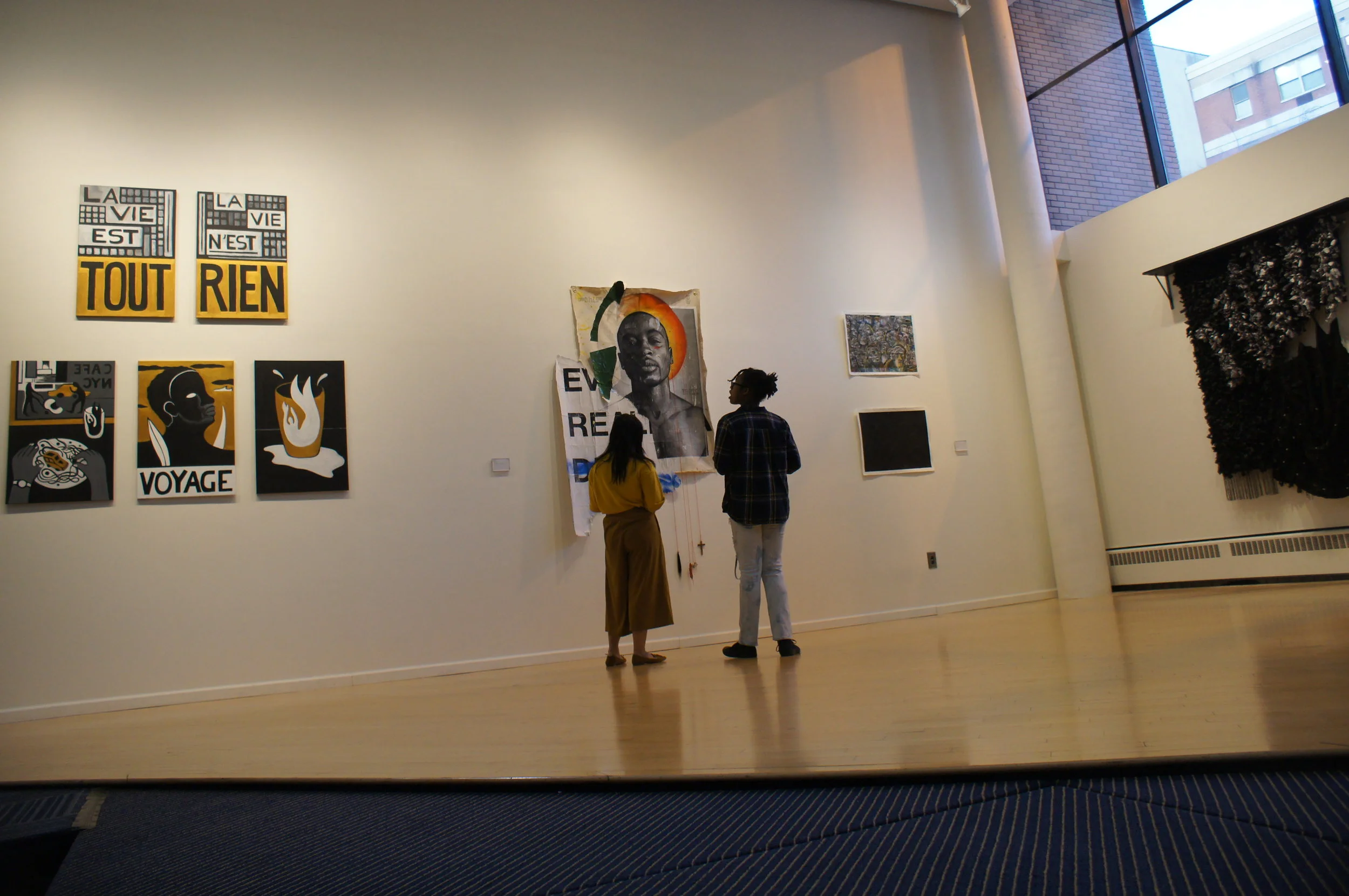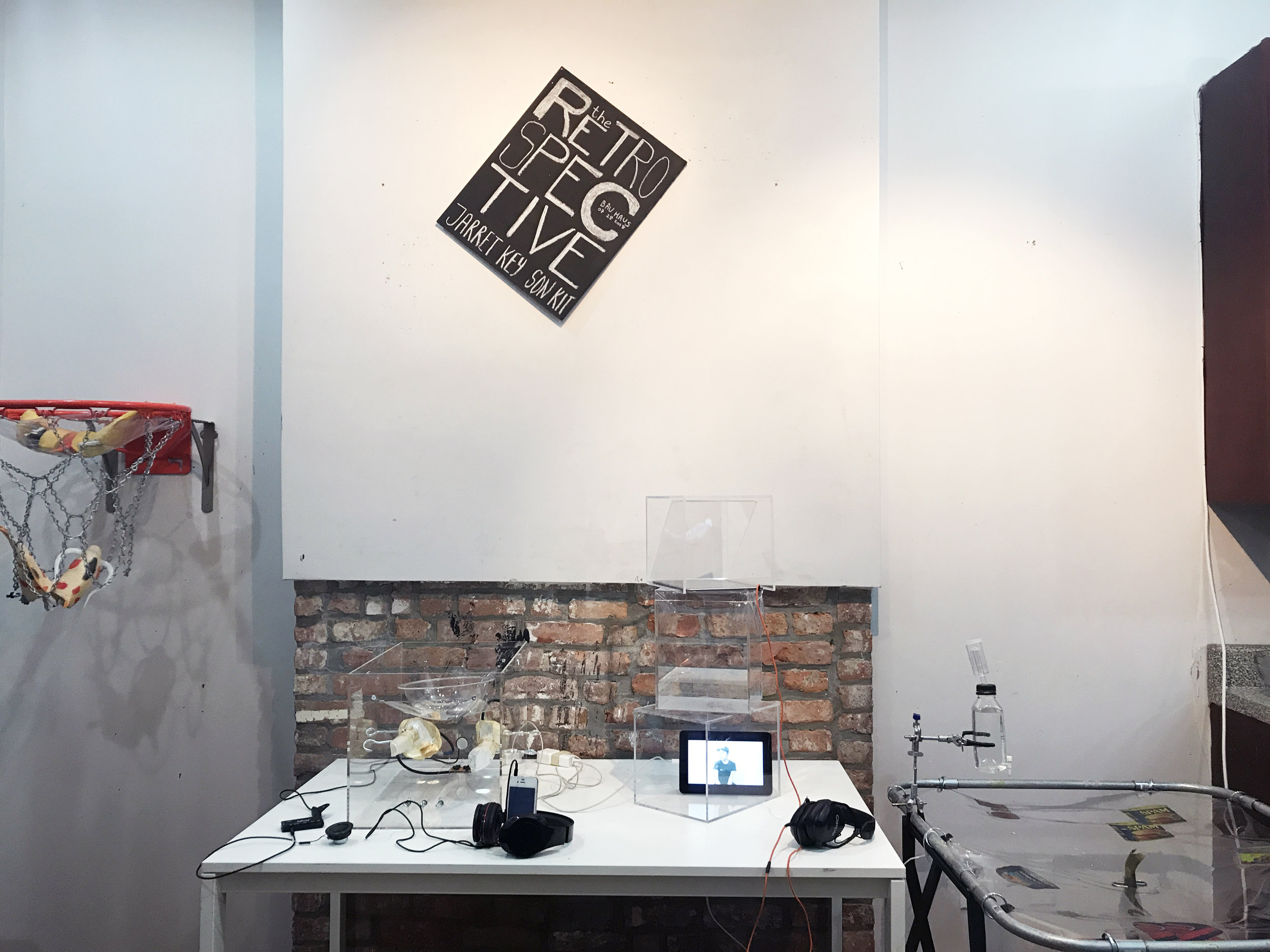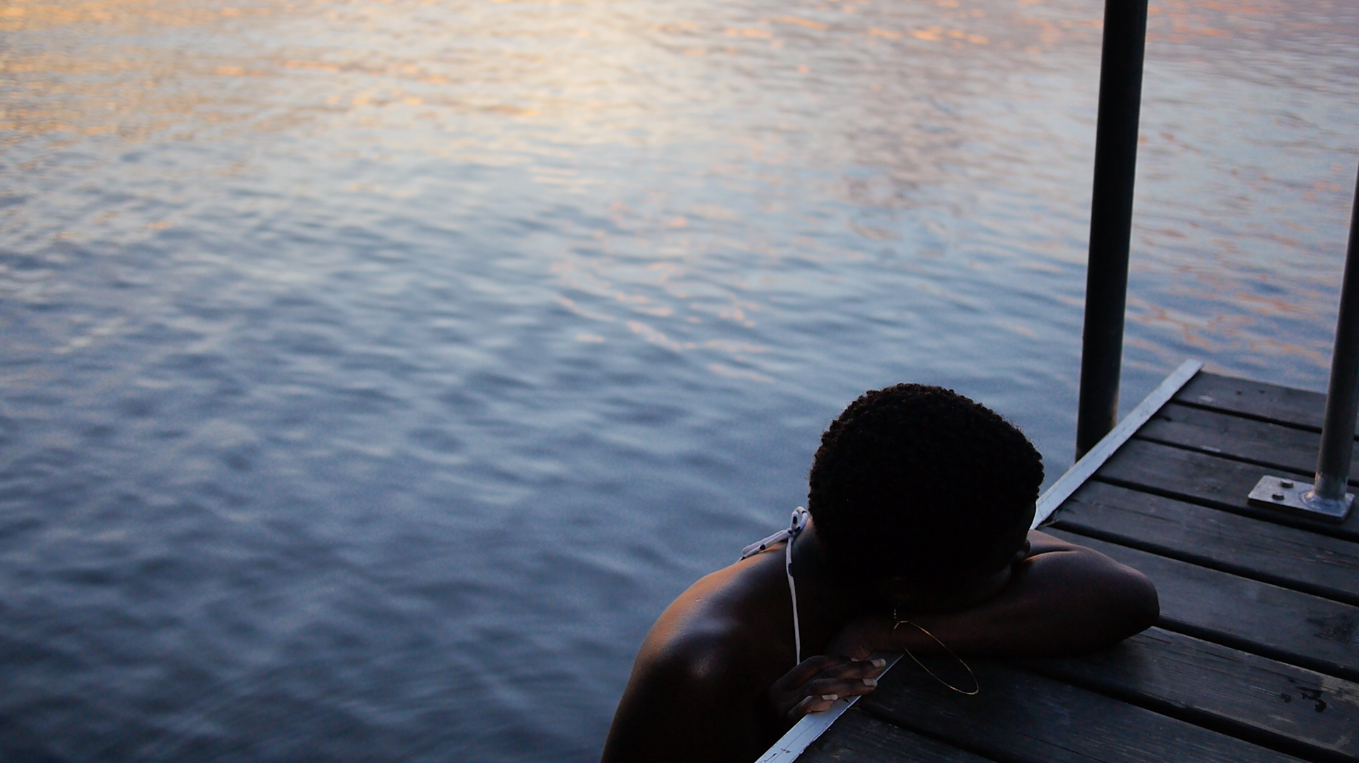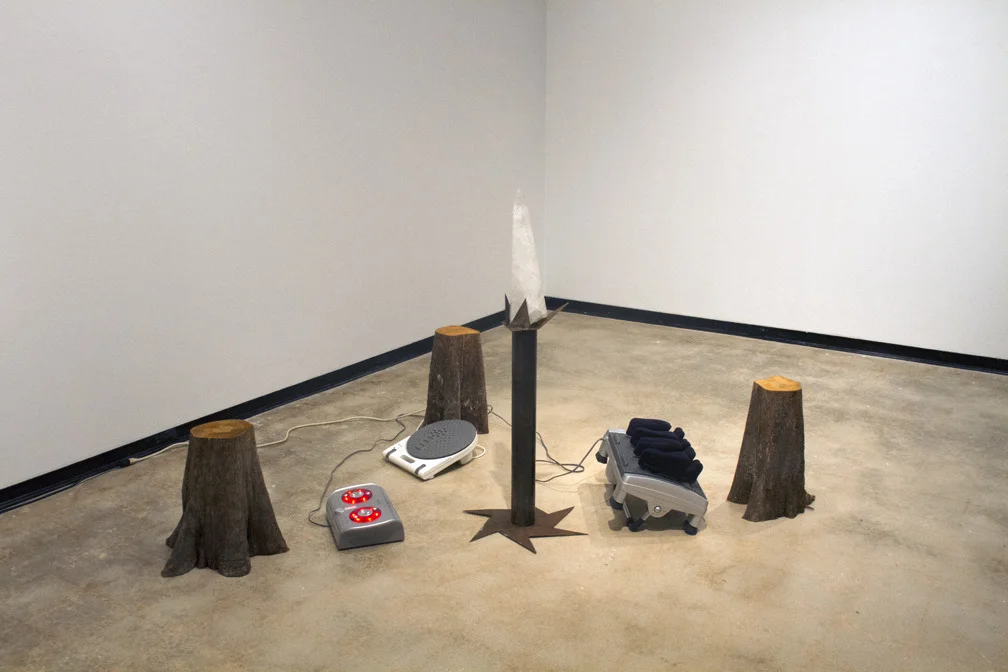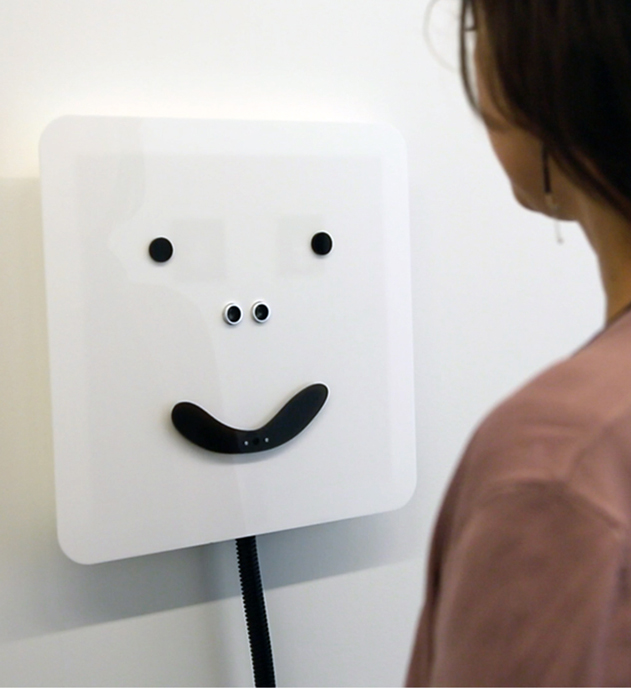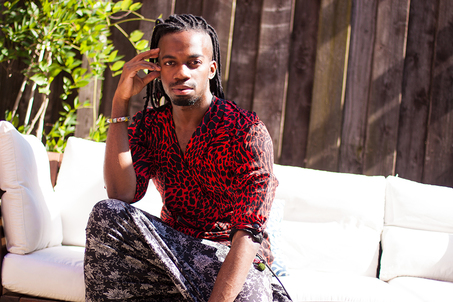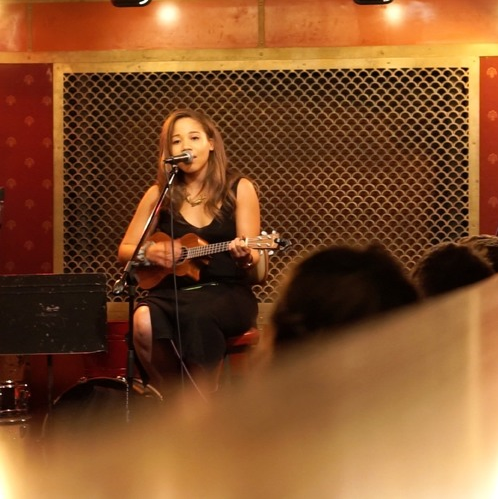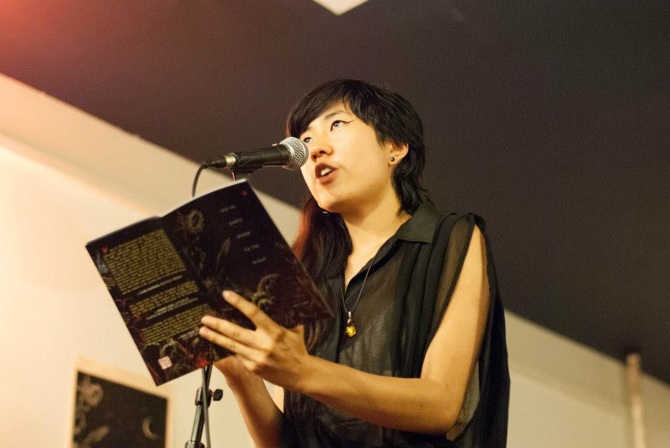2018 Year in Review
We know it’s only November, but as Codify moves in new and exciting directions (stay tuned!) we wanted to take stock of what our community has helped us accomplish this year. A quick summary for the busy:
Curate and produce five art exhibitions, three presentations/lectures, and three educational workshops.
Start paying the artists we curate! In 2018, Codify Art will have spent a total of $1,000 in artist honorariums. This was our biggest goal for 2018, and because of you, we were able to do it. Your dollars directly support the lives and art-making practices of QTPOC artists. This is HUGE for us. Thank you.
Build new relationships with four New York Institutions: La Mama Galleria, Horace Mann School, Bellwether Collective, and Harlem School of the Arts. Building and cultivating these relationships allows us to introduce QTPOC artists to new organizations and new audiences.
And for the curious, in more detail and in order of appearance:
Unity Week at Horace Mann
Partnering with the Horace Mann School in the Bronx, Codify led two art-making workshops and one artist critique as part of Unity Week, a four-day extravaganza of workshops and speakers dedicated to exploring identity, justice and community. Altogether, we worked with approximately 50 middle and high school students. In the workshops, we encouraged identity development through creative self-portraiture, and with the AP students, we spoke candidly about pursuing a career in the arts, in addition to providing more detailed portfolio reviews.
Codify Art, a Group Show at The Public Theater
We make a practice of having a Codify group show every year, and in 2018 we started strong with an exhibition on the mezzanine of The Public Theater. Featuring work by Codify members Sharina Gordon, Jarrett Key, Jon Key, and Son Kit, the show acted as a touchpoint for theater-goers to engage in an interdisciplinary conversation around contemporary artmaking.
Hair Paintings and Other Stories at La Mama Galleria
It was all hands on deck for this one, but no one worked harder than Codify member Jarrett Key to put up Hair Paintings and Other Stories, Jarrett’s first New York solo show! Produced in collaboration with the Bellwether Collective, the exhibition ran for one month, during which there was a live hair painting performance, an artist walkthrough, and even a swanky launch party for Morcos Key, a new design studio run by Codify member Jon Key and Partner/Codify collaborator Wael Morcos.
SPRING/BREAK Art Show 2018
Codify returned to SPRING/BREAK Art Show in 2018, this time doubling our efforts to curate two projects: OUR GREAT LEADER WILL NUKE YOU, featuring work by Kira Nam Greene, Son Kit, Tiffany Jaeyeon Shin, and Taehee Whang, and UNTILL, with work by Jarrett Key and Jon Key. OUR GREAT LEADER WILL NUKE YOU explored the diasporic Korean experience through the lens of a post-North Korean nuclear apocalypse while UNTILL (the first exhibition to exclusively feature the Key Twins) uncovered the lost histories of black American ancestry through the mining of family history. Presented during Armory Arts Week, SPRING/BREAK acts as an opportunity to place QTPOC narratives before a much wider audience, asserting the necessity of our voices in the art world.
Revision: Translating Histories at Harlem School of the Arts
Codify, in collaboration with the Harlem School of the Arts, curated Revision: Translating Histories as part of a yearlong curatorial framework around translation. Featuring works by Nathalie Jolivert, Aqeel Malcolm, Oluseye, and Shaina Yang, the exhibition expanded upon the idea of “Historical revisionism” to examine how personal symbologies are retold, reworked, and interpreted through each artist’s experience. Artists Aqeel and Shaina also gave an artist talk to get deeper into the narratives underwriting their pieces.
Brown Paper Zine Fair
We returned for the second annual Brown Paper Zine & Small Press Fair organized by 3 Dot Zine to present The Survival Library, a Codify project begun in 2017 with Pioneer Works’ School of Apocalypse. Codify members Sharina Gordon and Jarrett Key introduced The Survival Library to an intimate audience before sharing their own contributions—#BlackMentalHealthMatters and STILLS: Letters to Grandma, respectively. They then opened up the conversation with a third Library contributor, Zakiya Collier, and invited submissions from QTPOC makers (we’re still open for submissions!).
Bau Haus Semi-Annual VII: THE RETROSPECTIVE
Codify members and Bau Haus occupants Jarrett Key and Son Kit broke their own rule of “new work only” for the seventh installment of the Bau Haus Semi-Annual show, but we can forgive them because THE RETROSPECTIVE marked the end of an era. The final exhibition in their Bainbridge Street space, THE RETROSPECTIVE looked back at all the work created by Jarrett and Kit over their 5 years of live/work/host/party/collaborative residence in Bed-Stuy. The exhibition doubled as a goodbye to the both of them before they moved to Providence to begin grad school at RISD.
—
On that note, we’re here to say that Codify is entering a new phase: we’re excited to engage with new QTPOC artists outside of Brooklyn, as much as we’re excited to find new models of support for our longstanding community in NYC. This past year of expanded programming was made possible by your wonderful support and your generous contributions. Donate today to help us grow in 2019



